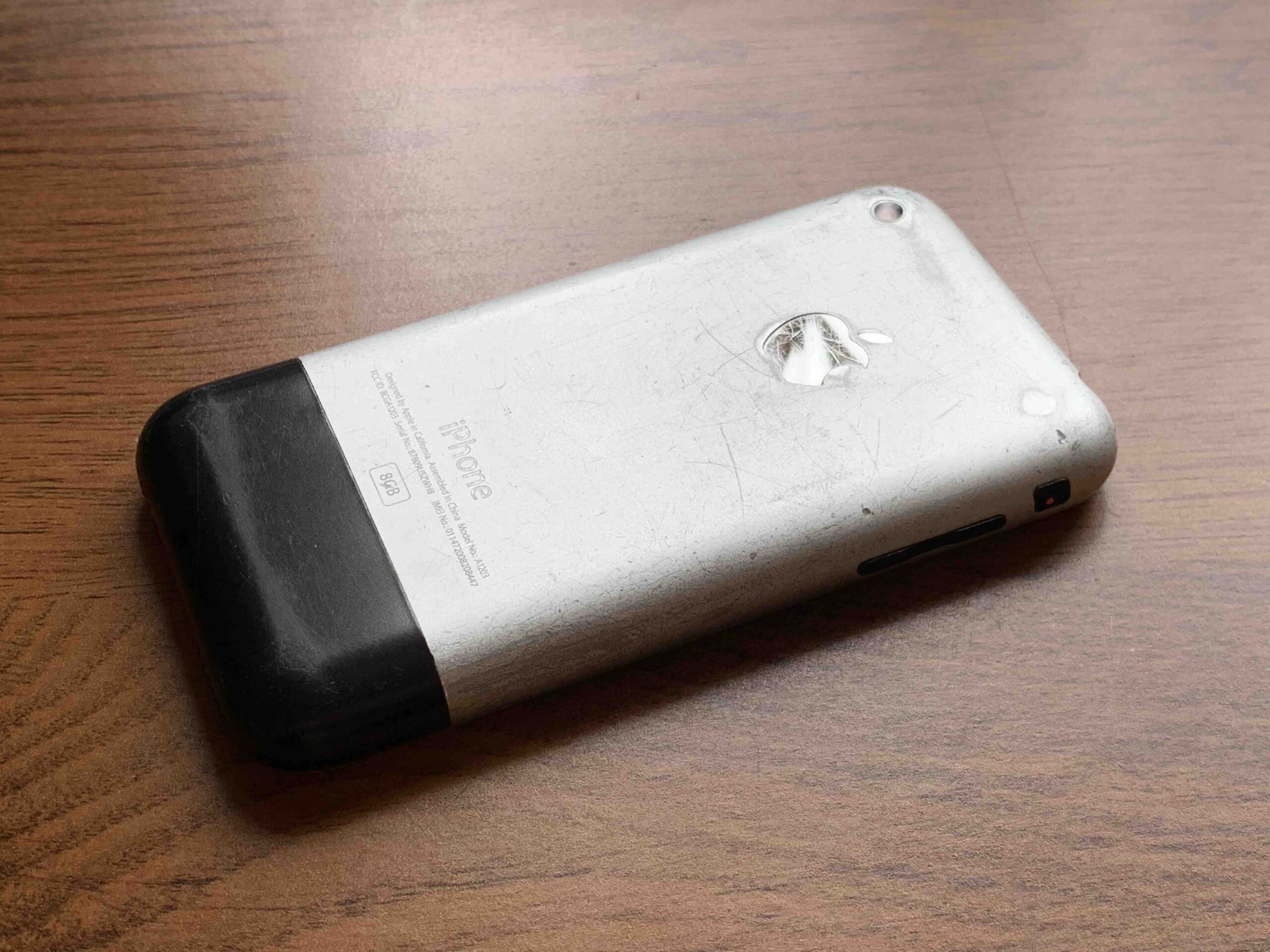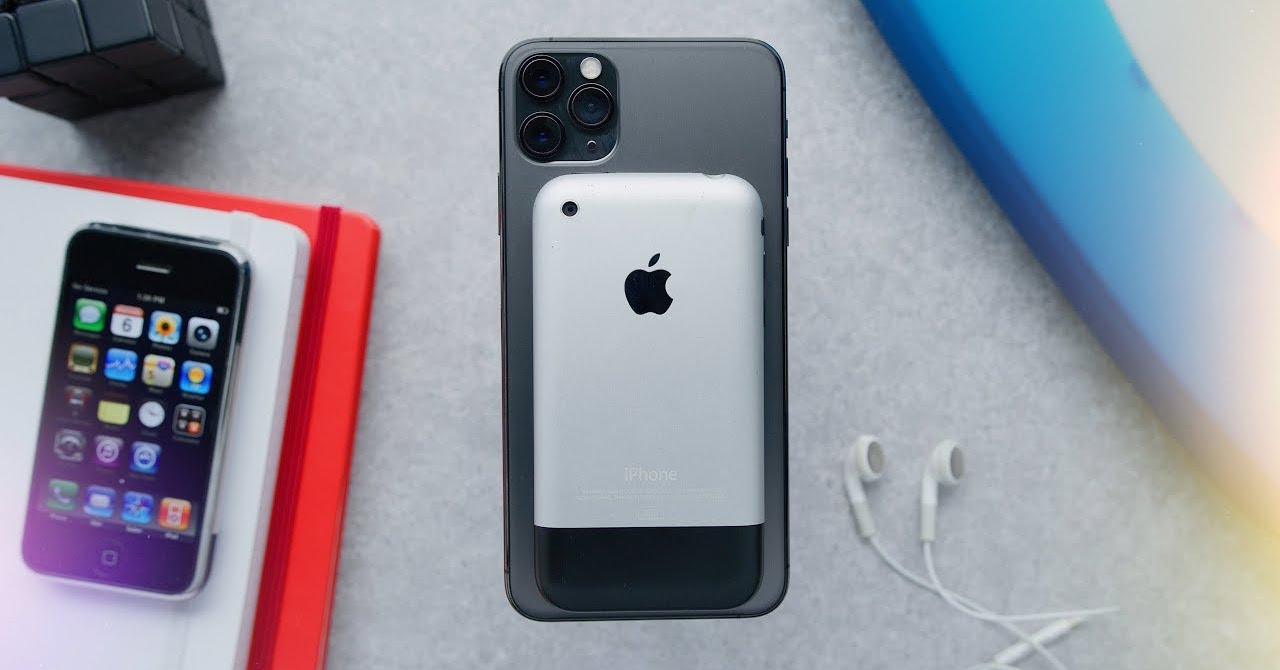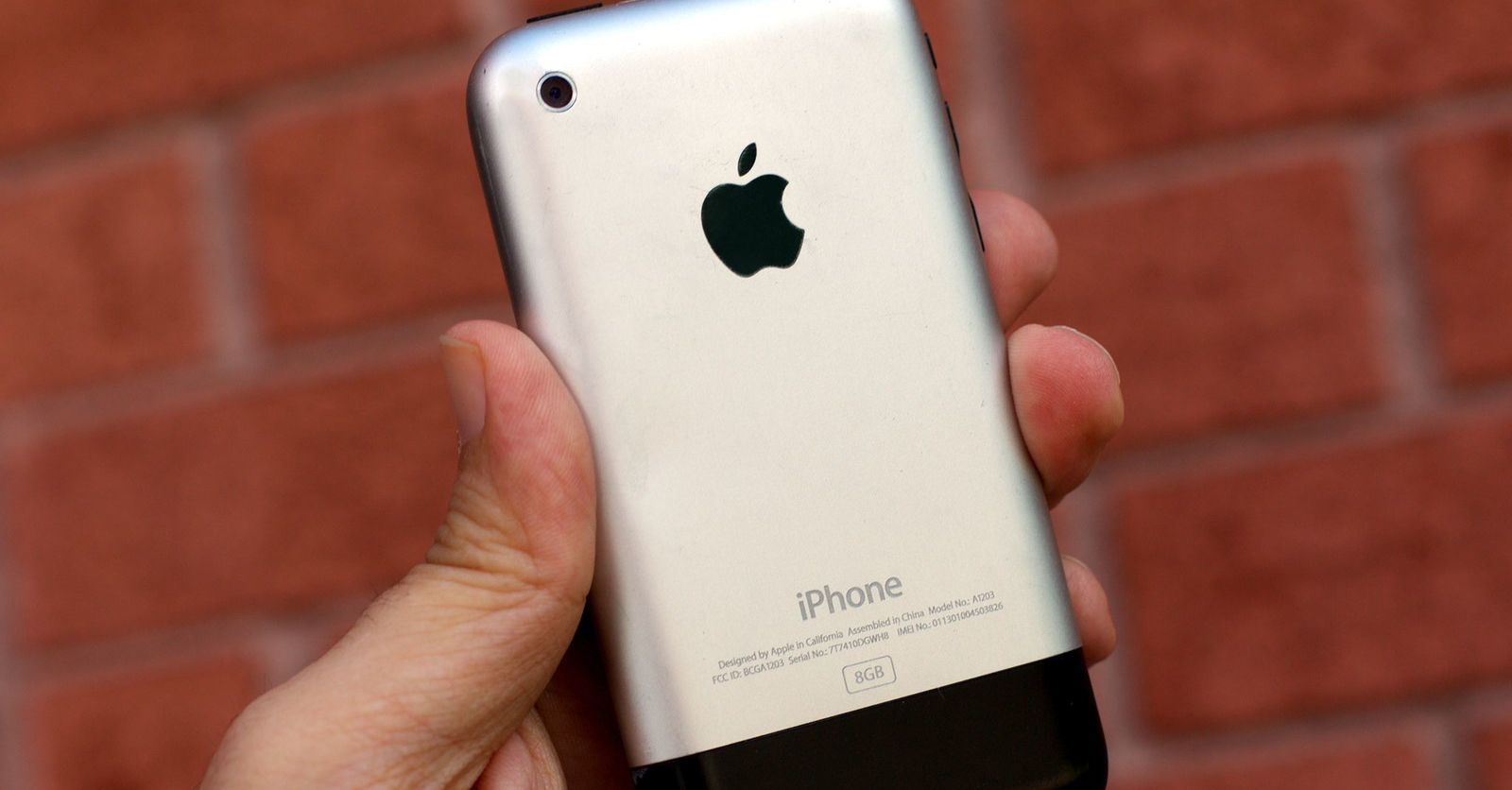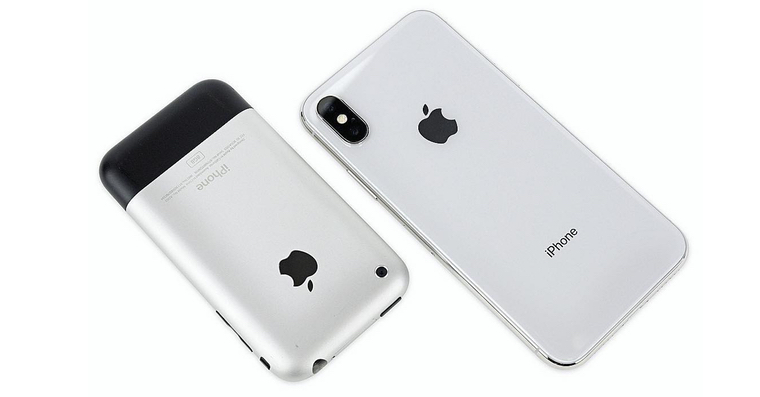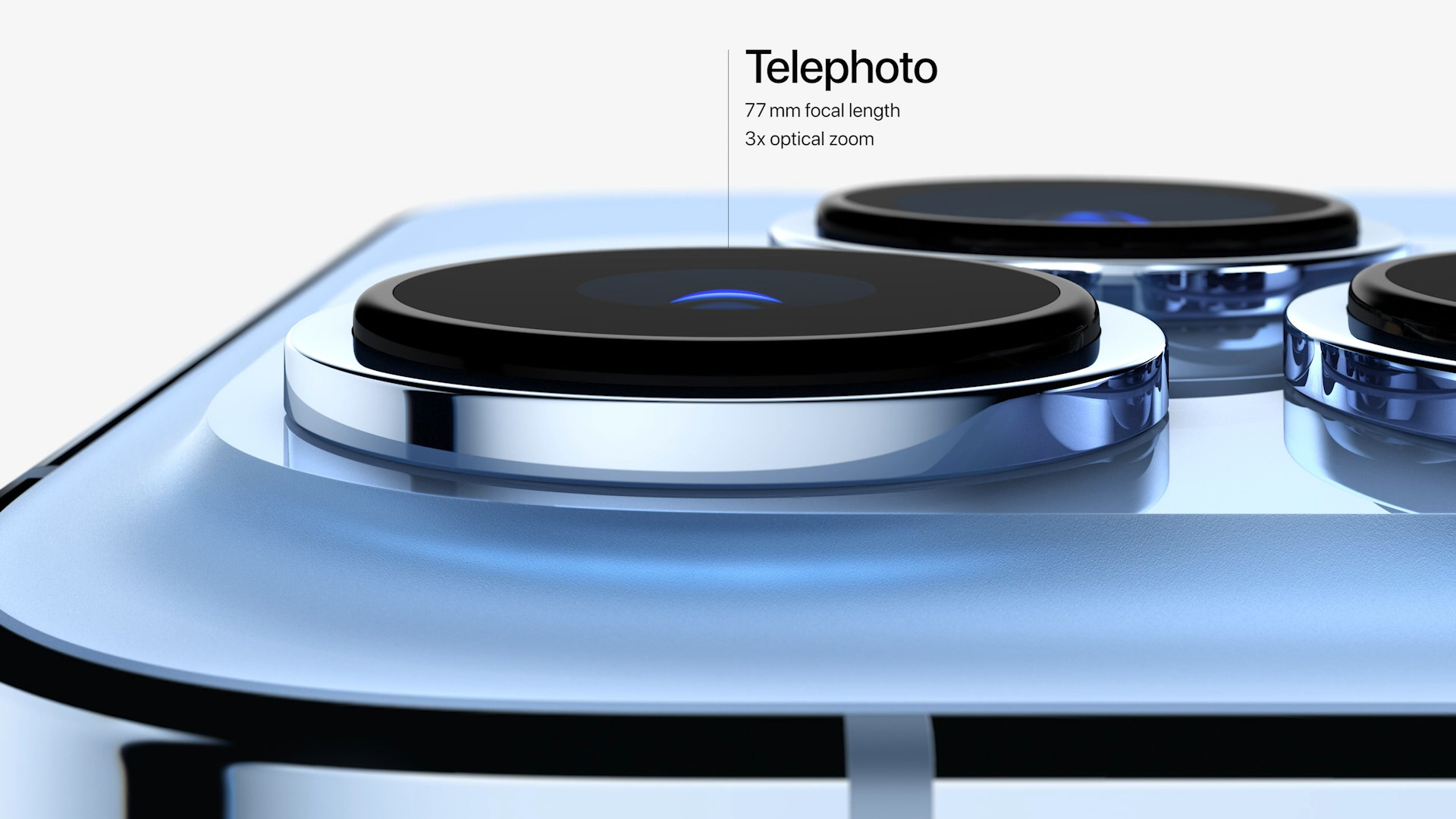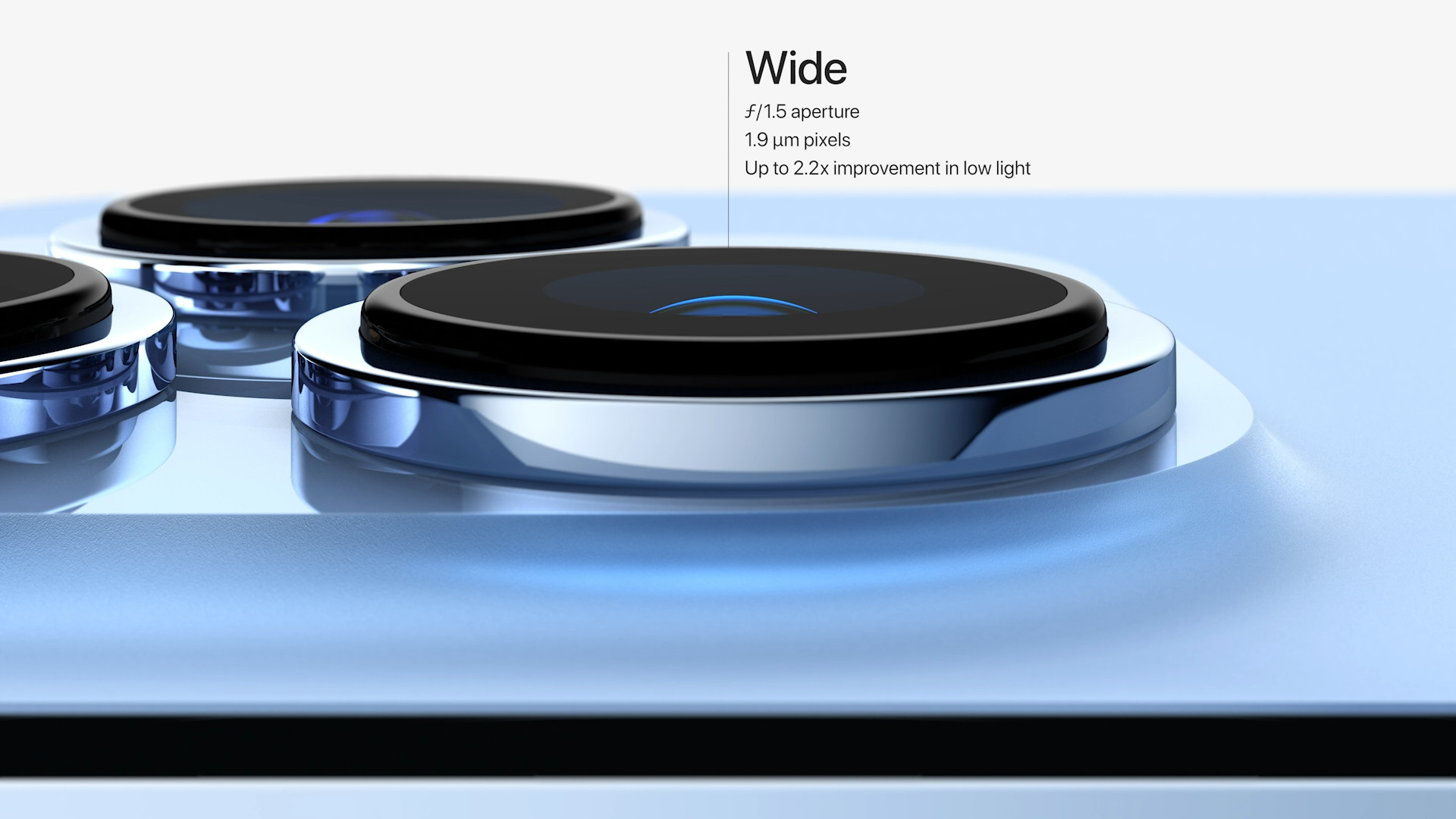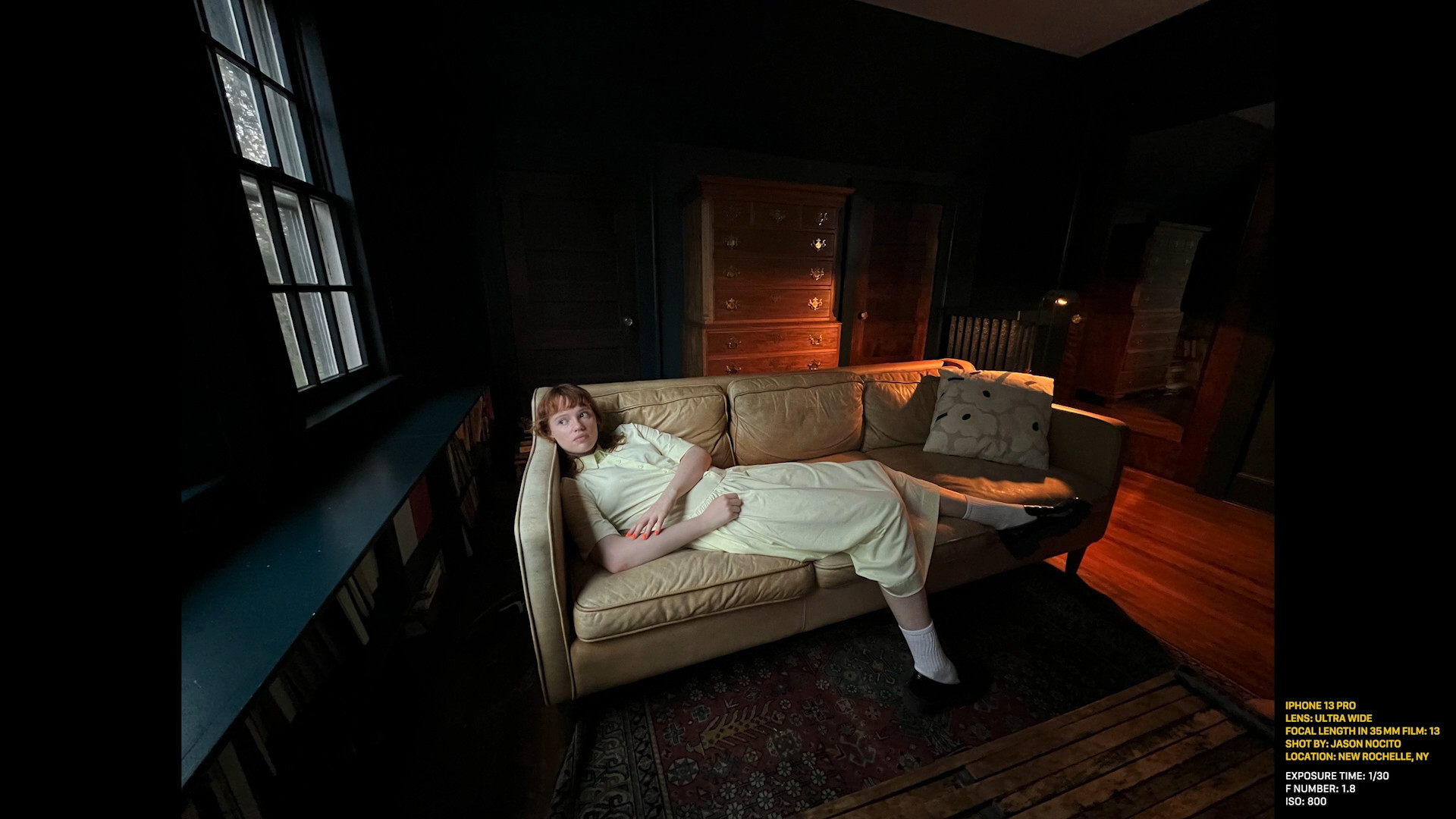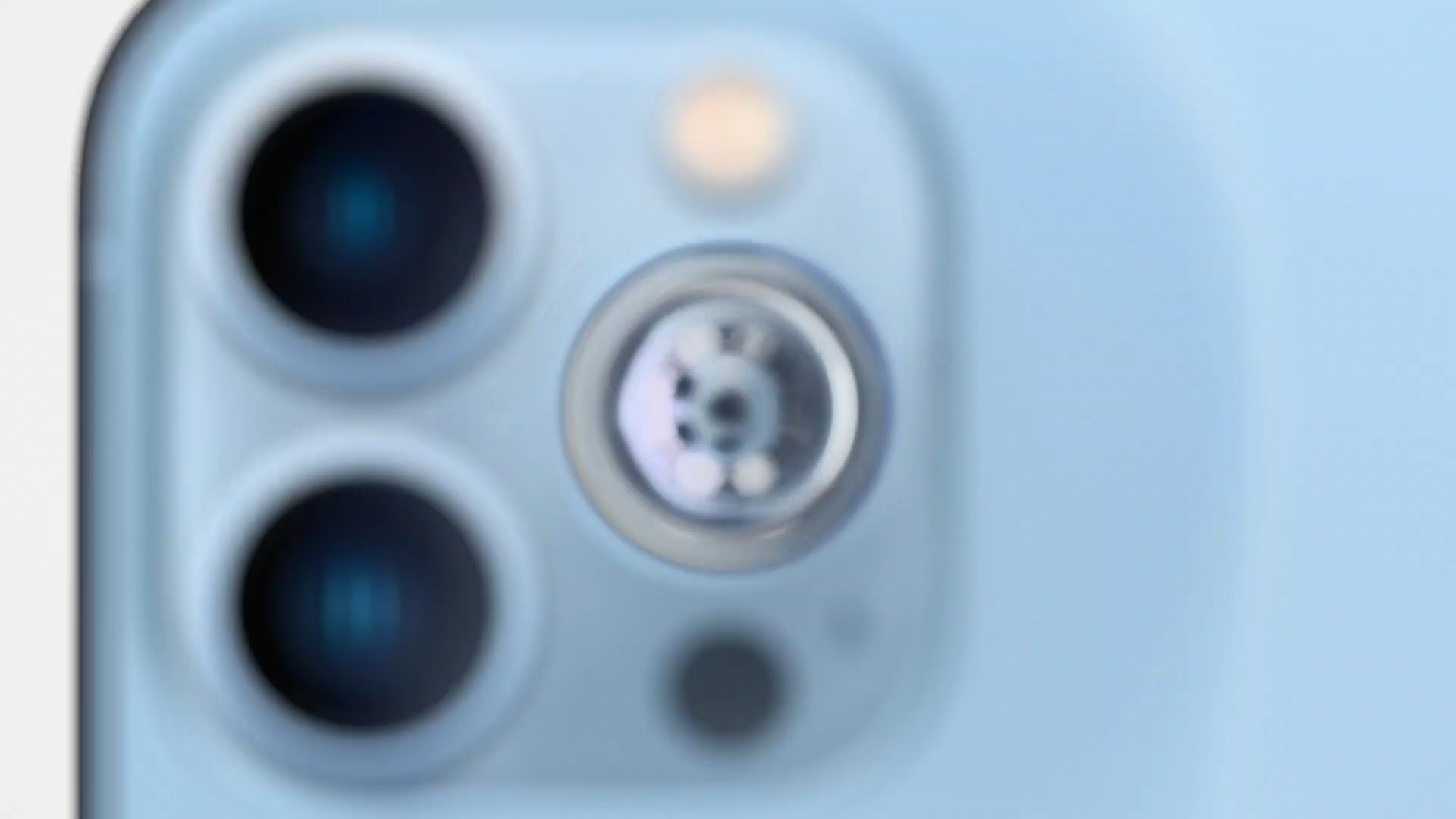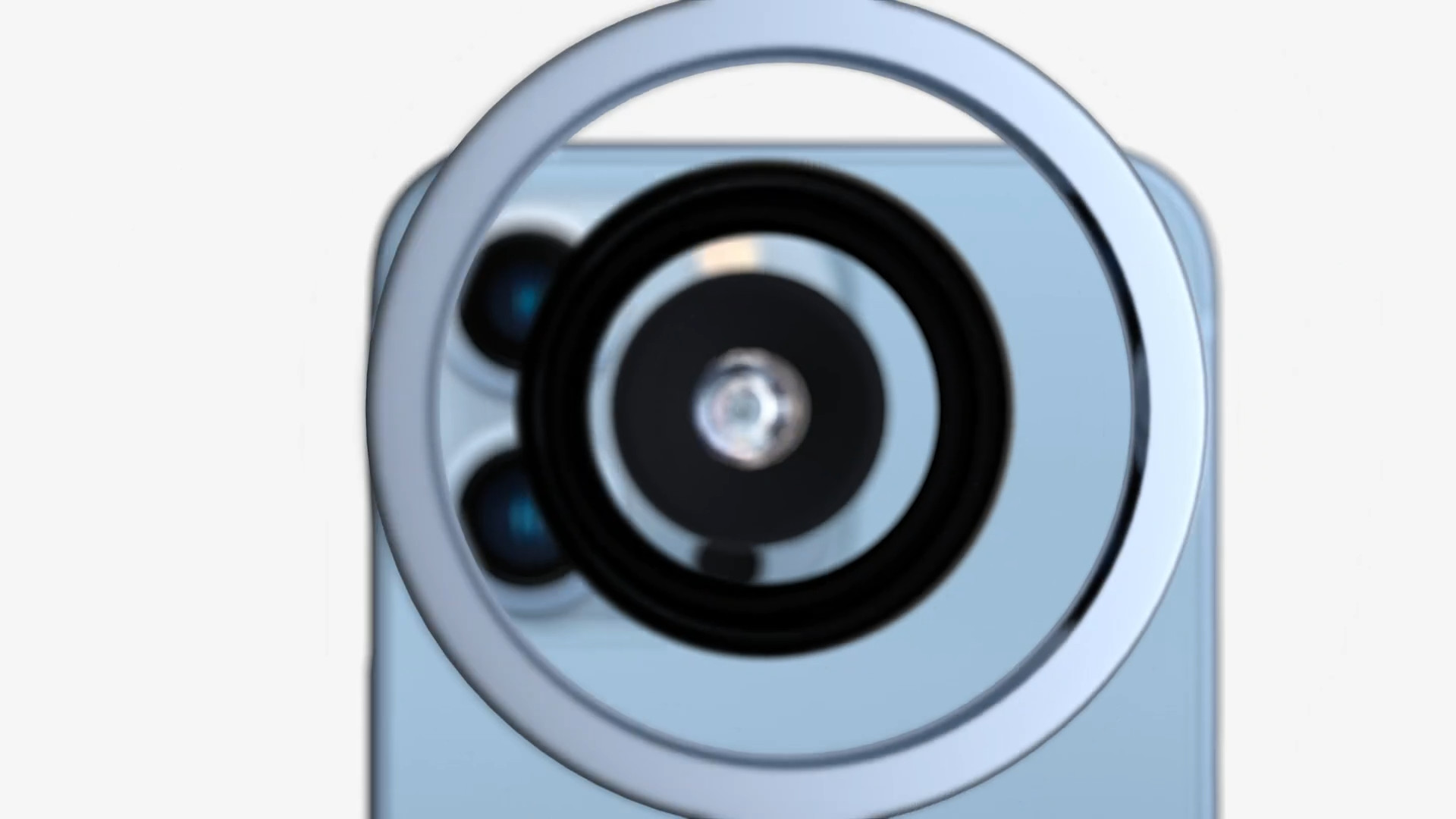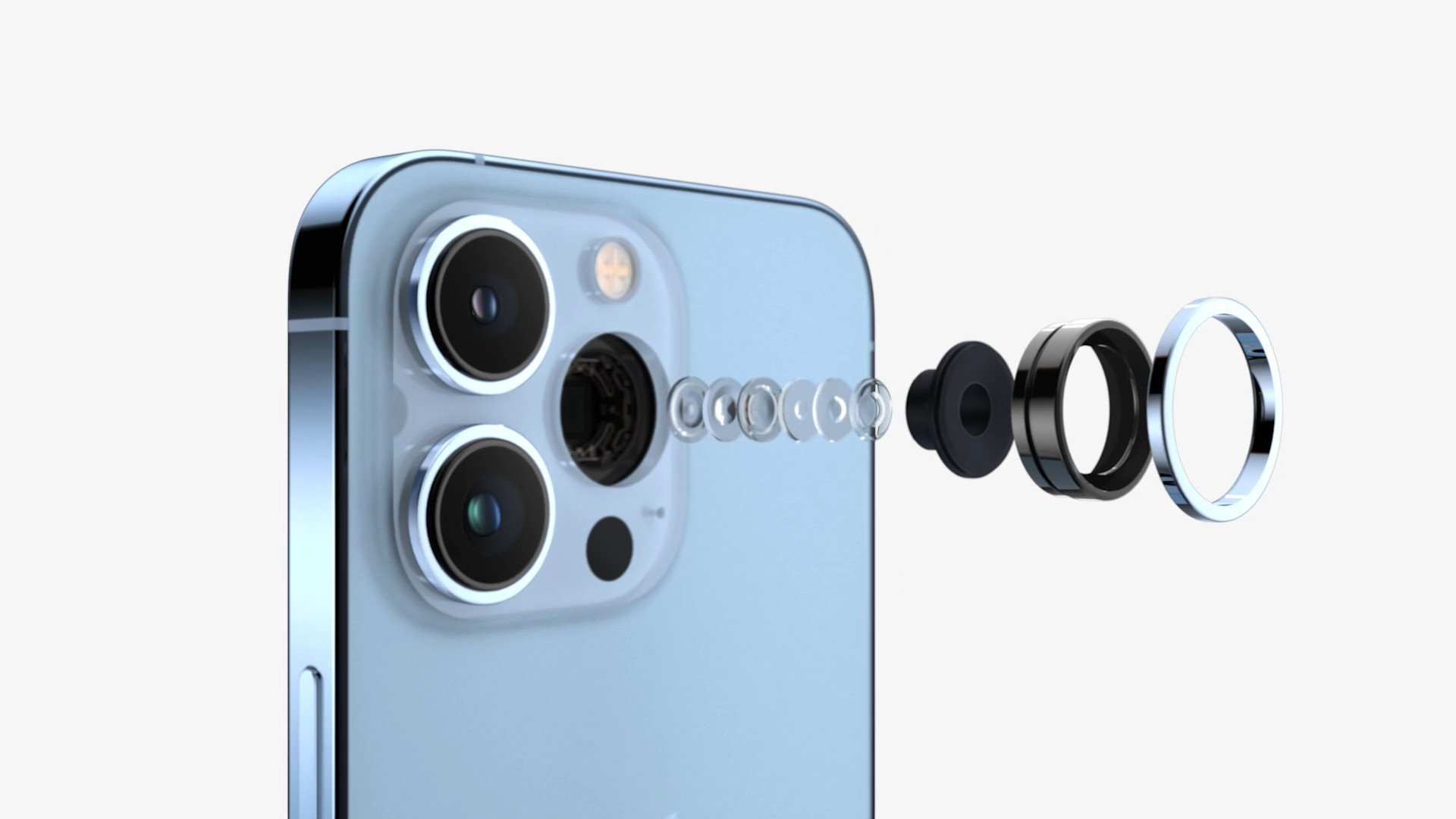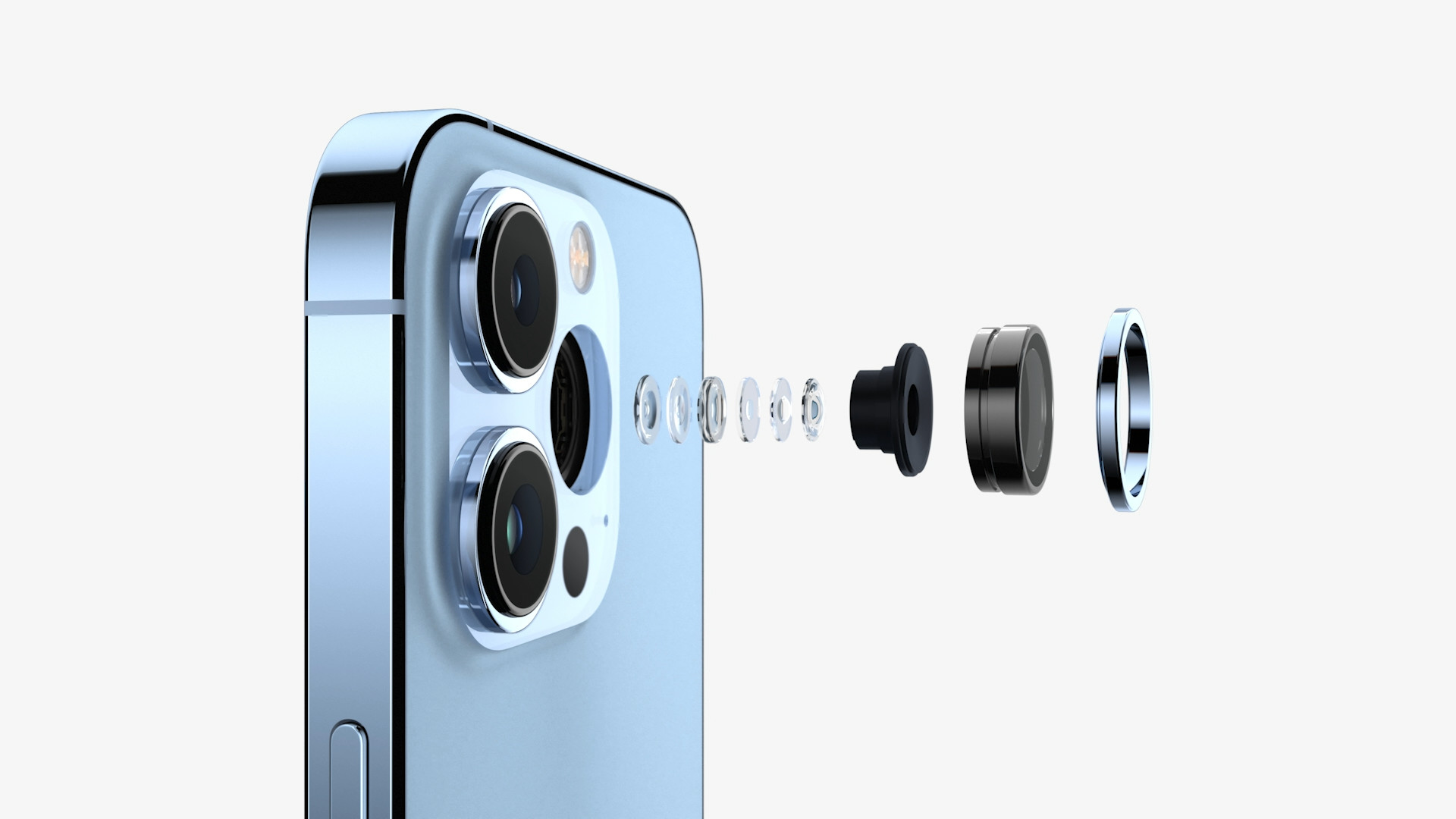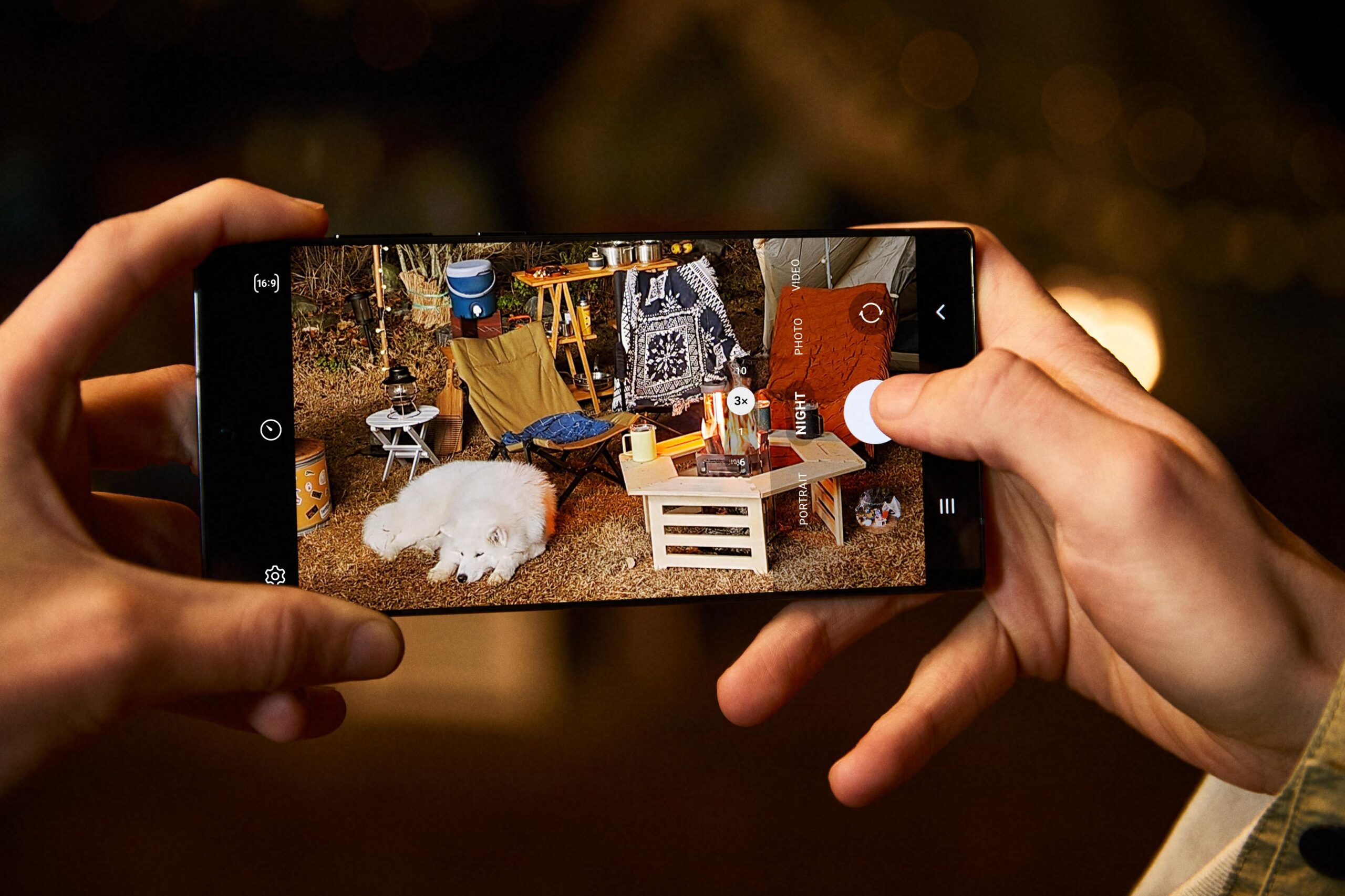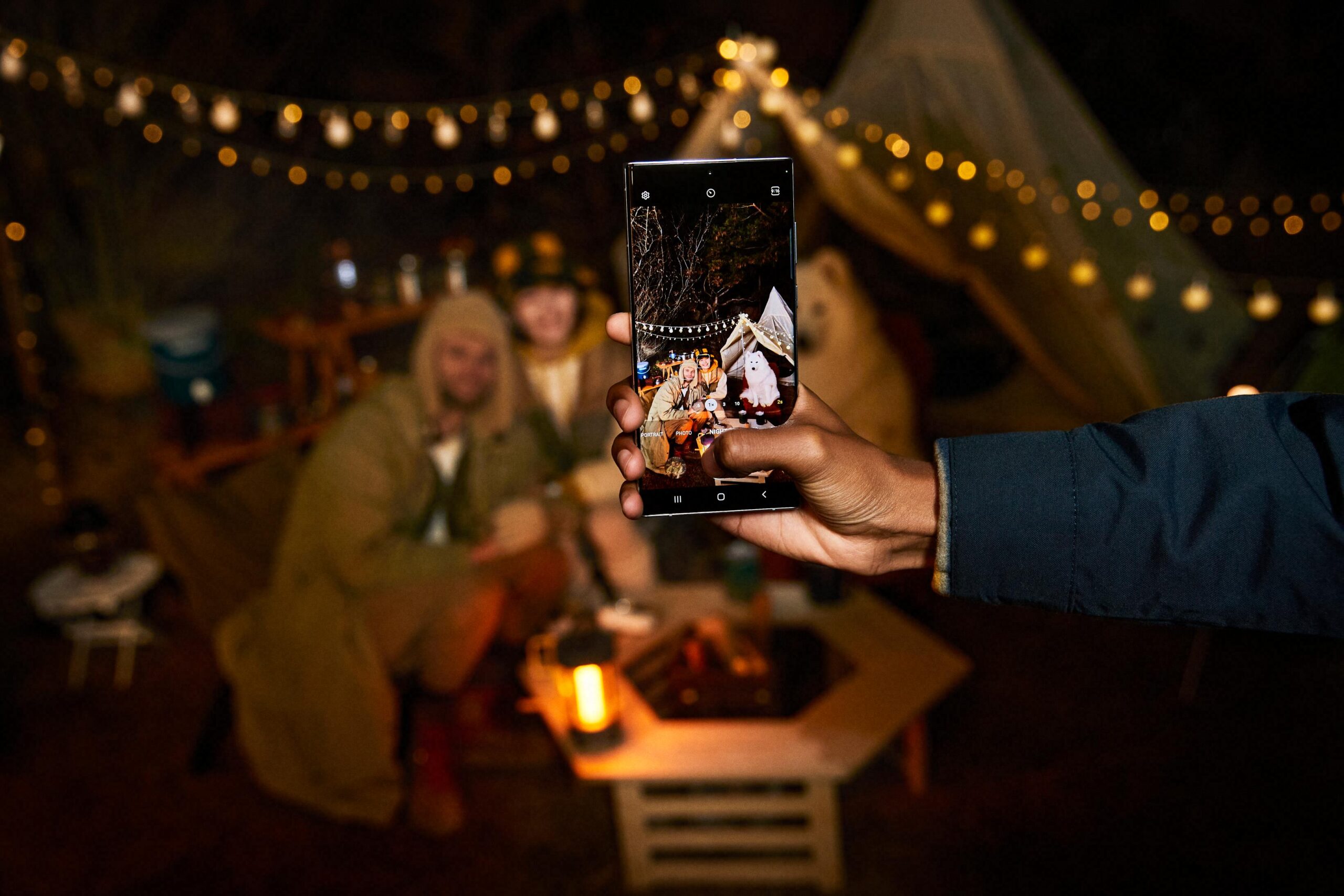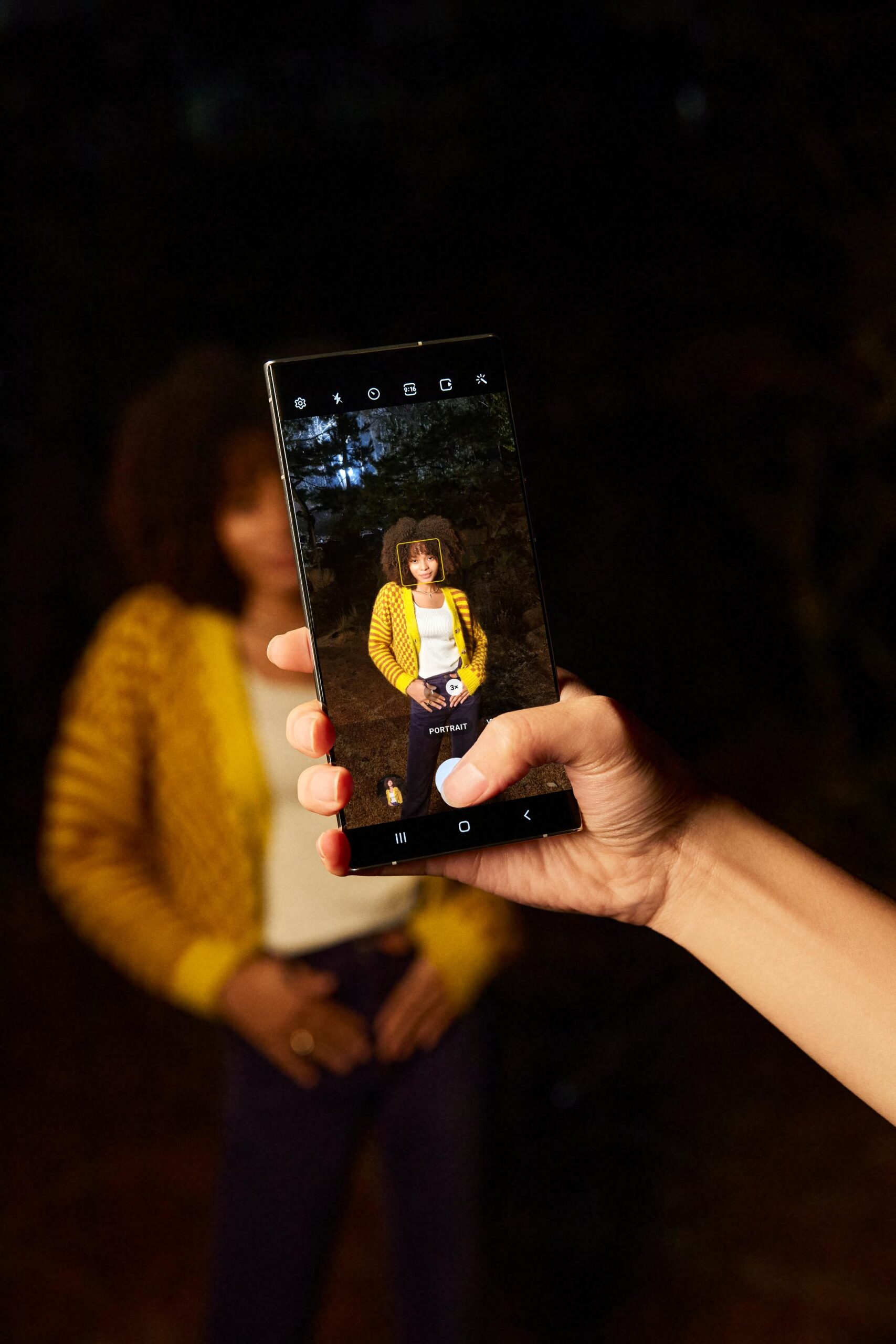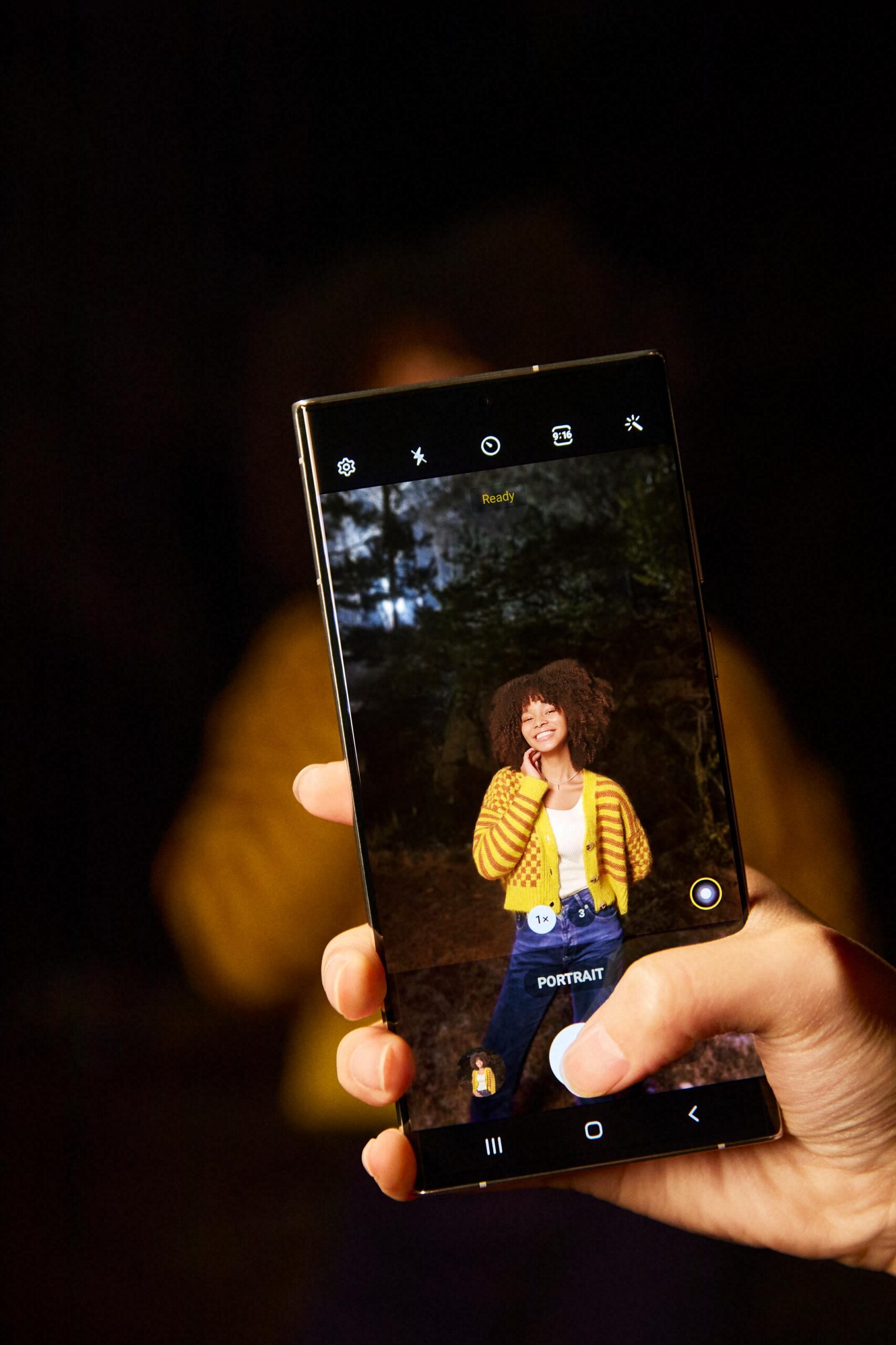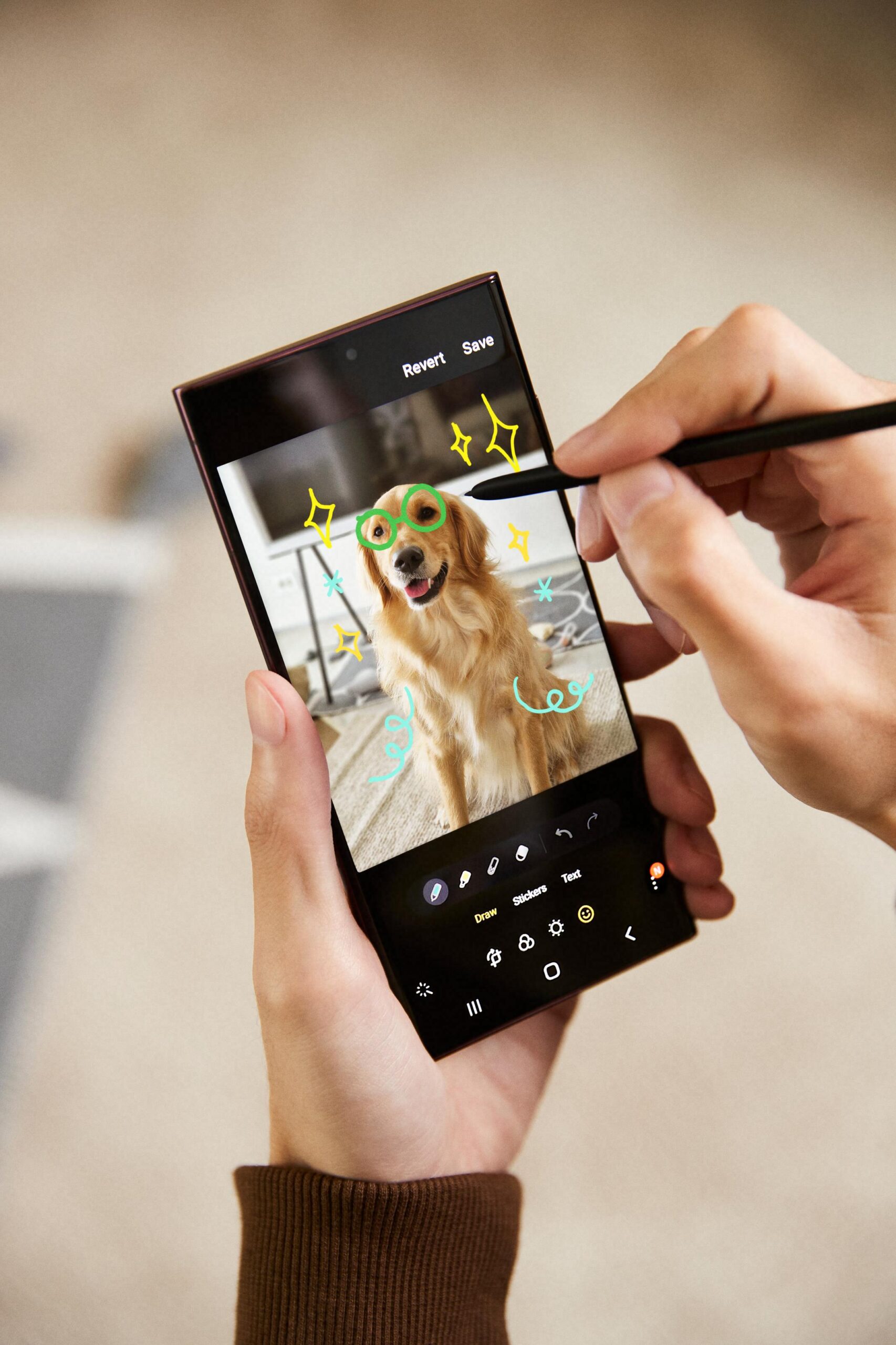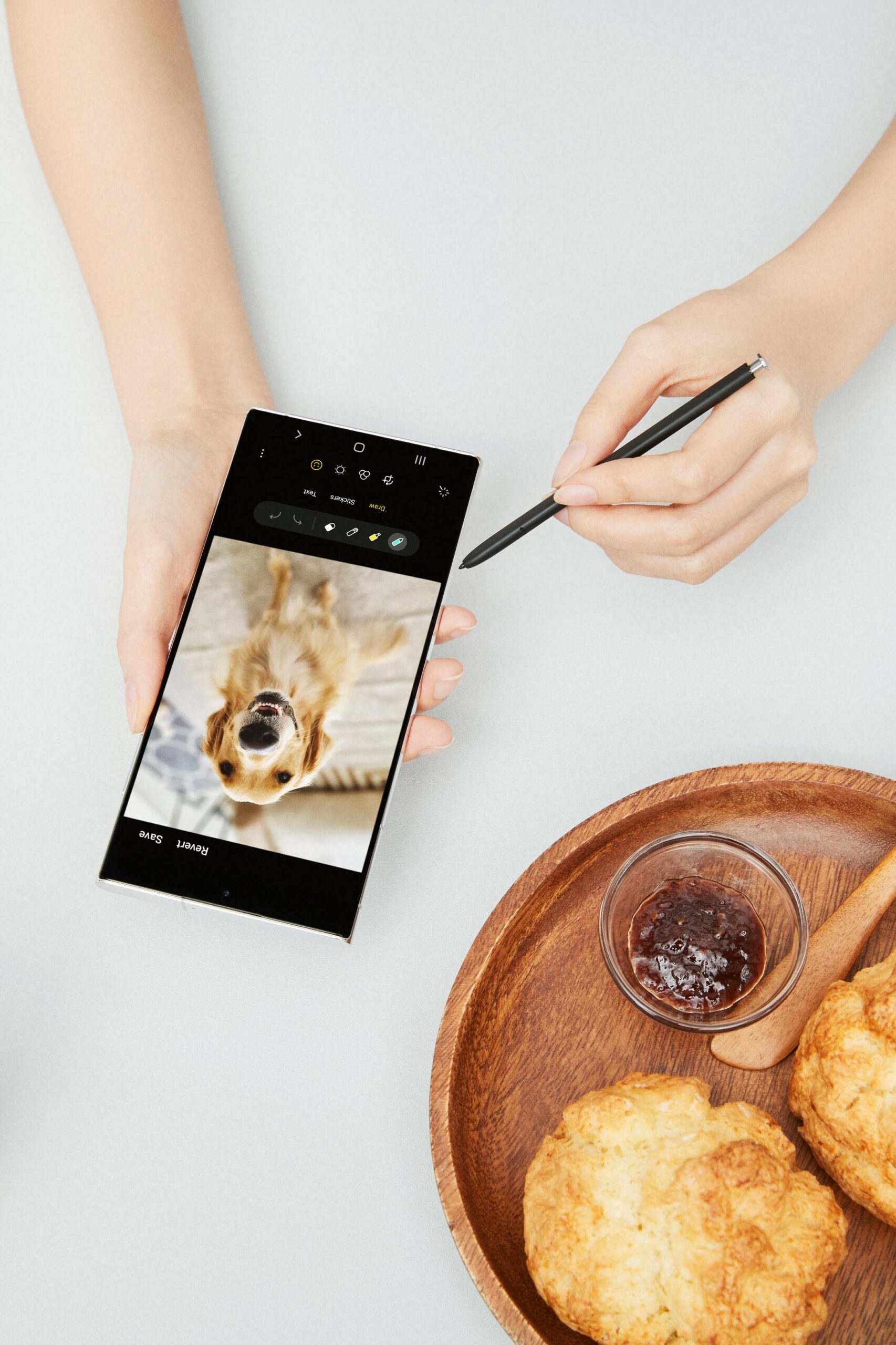It was 2016 and Apple introduced the iPhone 7 Plus, the first iPhone with a dual camera, which primarily offered a two-fold optical zoom, but that wasn't its only feature. Along with it came the effective Portrait mode. We saw a more fundamental improvement only after four years, and last year Apple improved it again. What awaits us next?
It was indeed a big step, although it certainly can't be said that the telephoto lens took any breathtaking pictures back then. If you had absolutely ideal lighting conditions, you were able to take a nice photo, but as soon as the light on the photographed scene decreased, the quality of the result also deteriorated. But portrait mode was something that hadn't been here before. Although it showed significant errors and shortcomings.
It could be interest you
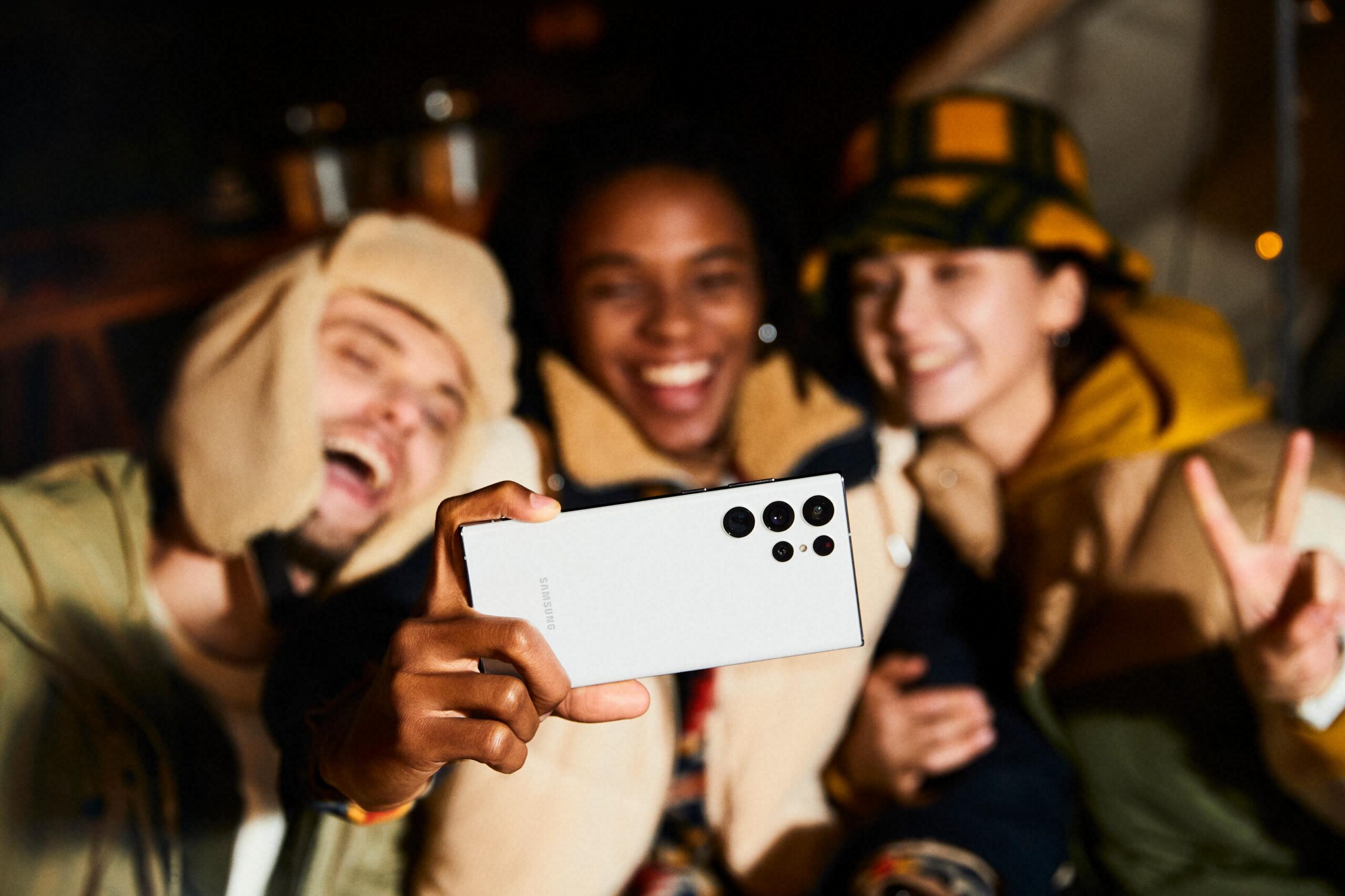
The specifications do not reveal much
It is quite interesting to see how the optics of the iPhone's telephoto lens have evolved. If you were to look only for the specifications, e.g. those that Apple gives you in its comparator in the Online Store, you will only see a change here in the aperture at most. Yes, even now we still have 12 MPx here, but what happened to the sensor and software is another matter. Of course, the sensor and its individual pixels also got bigger.
However, Apple kept the two-fold approach until the iPhone 12 Pro generation. Only the iPhone 2,5 Pro Max model, whose telephoto aperture was f/12, saw an increase to 2,2x zoom. With the current iPhones 13 Pro, the approach jumped to triple clamps on both models. But if you look at the aperture, the zf/2,8 in the iPhone 7 Plus Apple has reached f/12 in the case of the iPhone 2,0 Pro generation. However, we are 5 years behind the current peak, because that one step of zoom brought us back to the value of f/2,8.
So nothing happened for four years, and Apple surprises us with a change two years in a row. Although small and gradual, the result is quite pleasant. The 14x zoom isn't something you'd say is worth using considering the fact of worse results (again considering the lighting conditions). But the triple zoom can convince you because it can get you that step closer. You just have to get used to it, especially for portraits. With this trend, the question is what the iPhone XNUMX will bring. The periscope can be strongly doubted, but how far can Apple go with the zoom while maintaining the same lens design?
It could be interest you
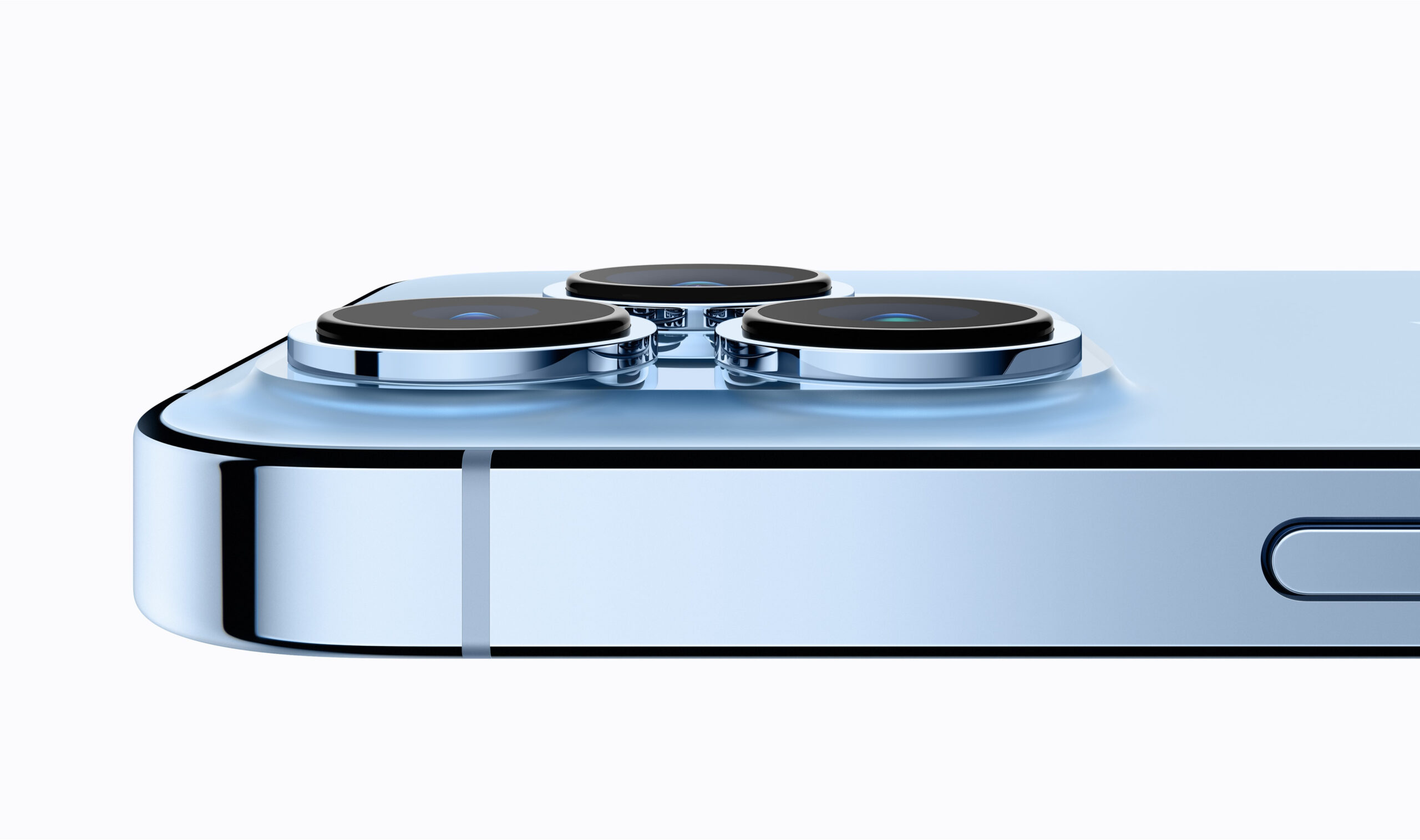
The competition is betting on periscope
Probably not much further, due to the thickness limits of the device itself. Surely none of us want an even more prominent system. For example, the Pixel 6 Pro offers a four-fold zoom, but with the help of the periscopic design of its lens. The Samsung Galaxy S22 Ultra (just like its previous generation) then reaches a tenfold zoom, but again with periscope technology. At the same time, two years earlier, the Galaxy S20 model also offered a four-fold zoom with a periscopic lens, like Google's current top model. However, the Galaxy S10 model from 2019 only had a double zoom.
The Huawei P50 Pro currently leads the DXOMark photography rankings. But if you look at its specifications, you will find that even its 3,5x zoom is again achieved with a periscopic lens (aperture is f/3,2). But periscopes have poor light sensitivities, so the closeness they provide is usually not worth it in terms of the quality of the result. So it looks like we've hit an imaginary ceiling with triple zoom right now. If Apple wants to go further, literally, it has no choice but to resort to Periscope. But he doesn't really want it. And do users actually want it?
It could be interest you
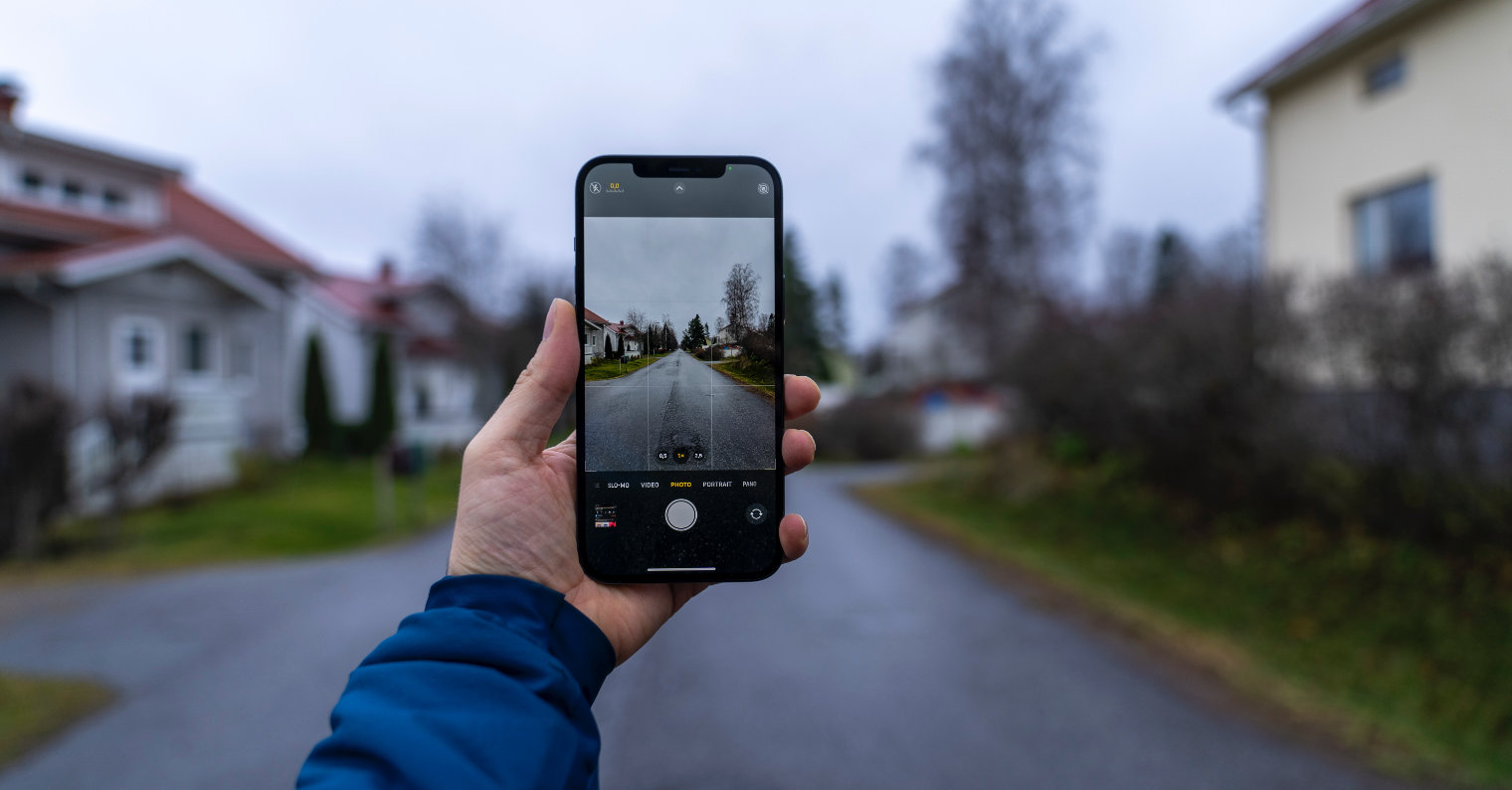
 Adam Kos
Adam Kos 